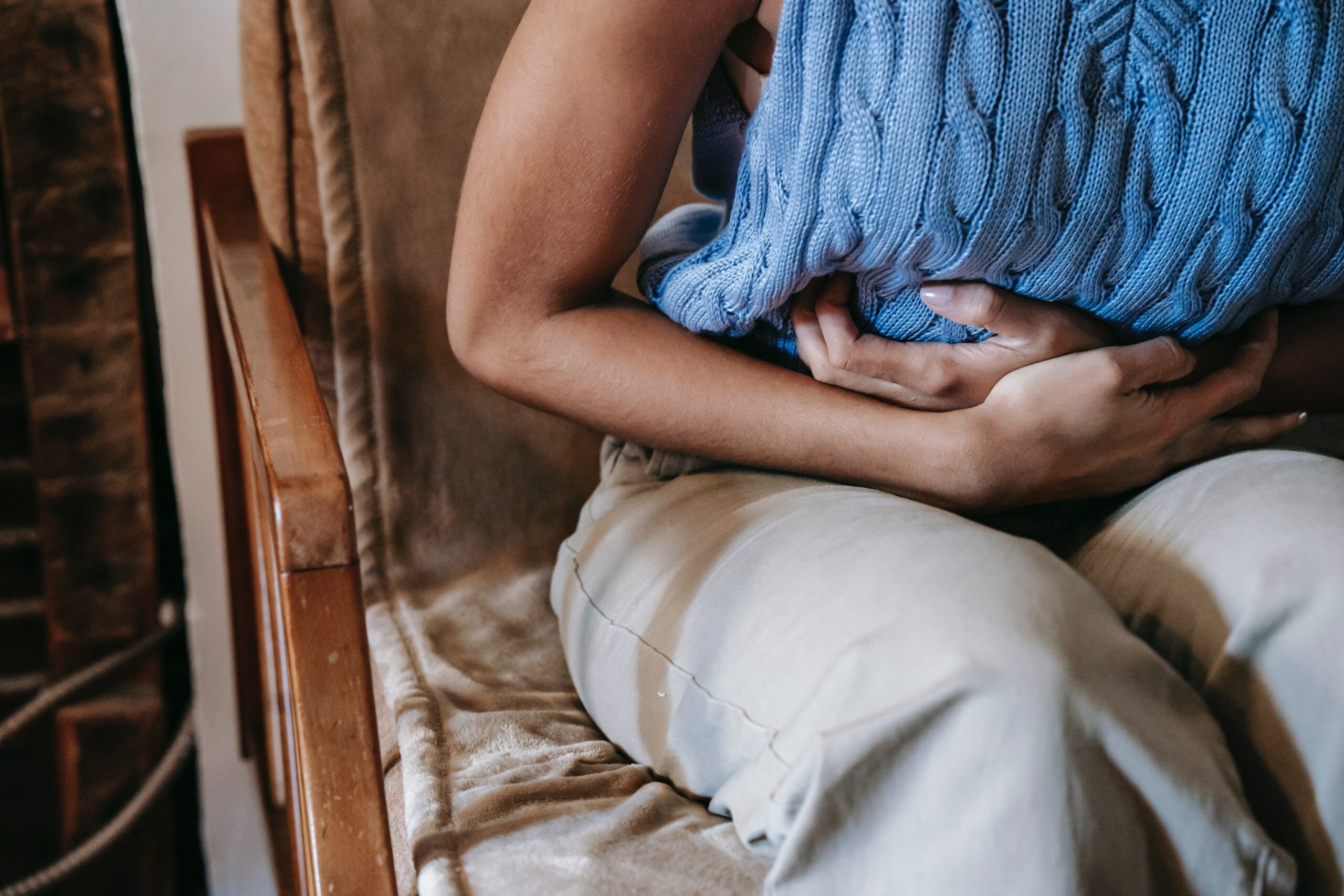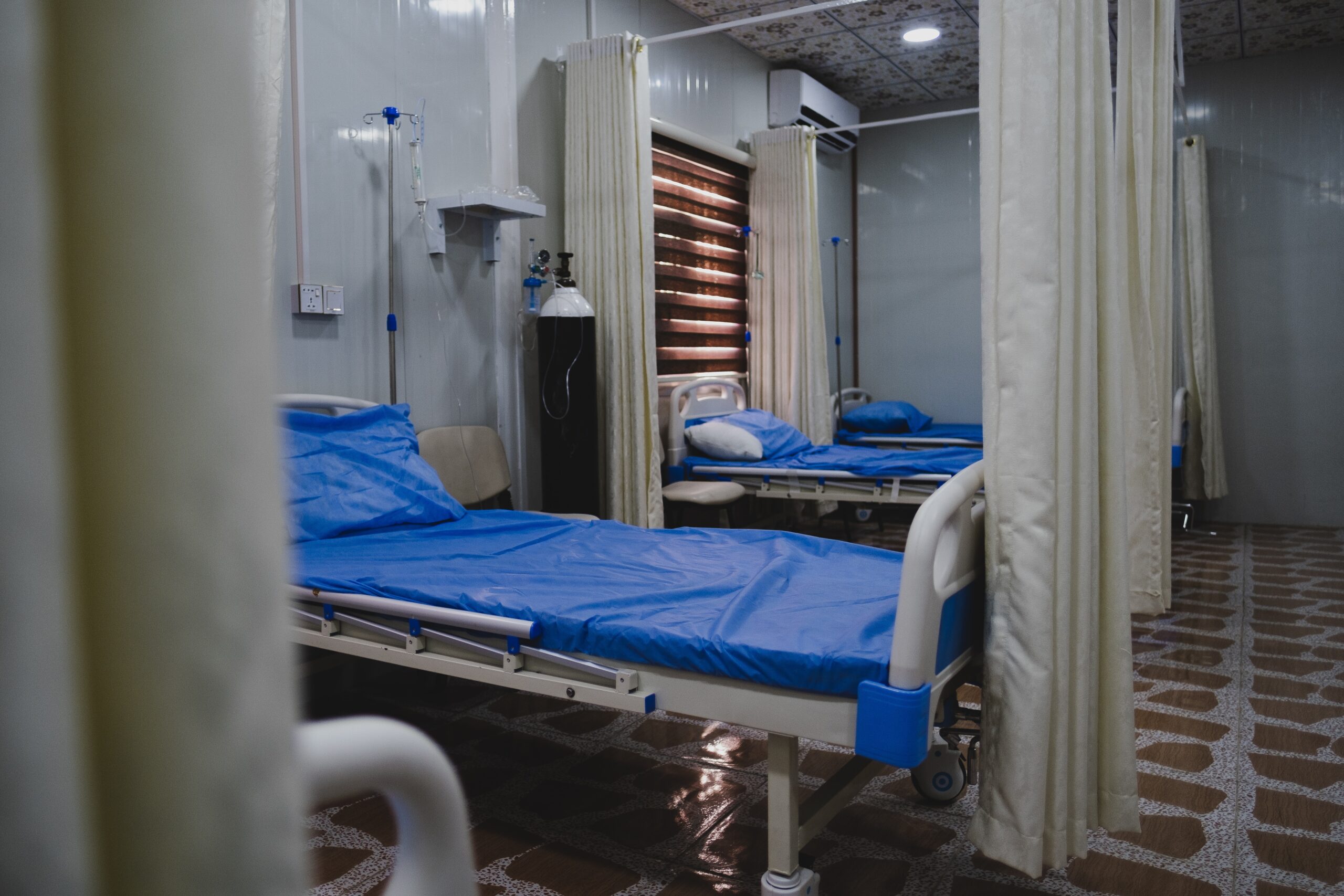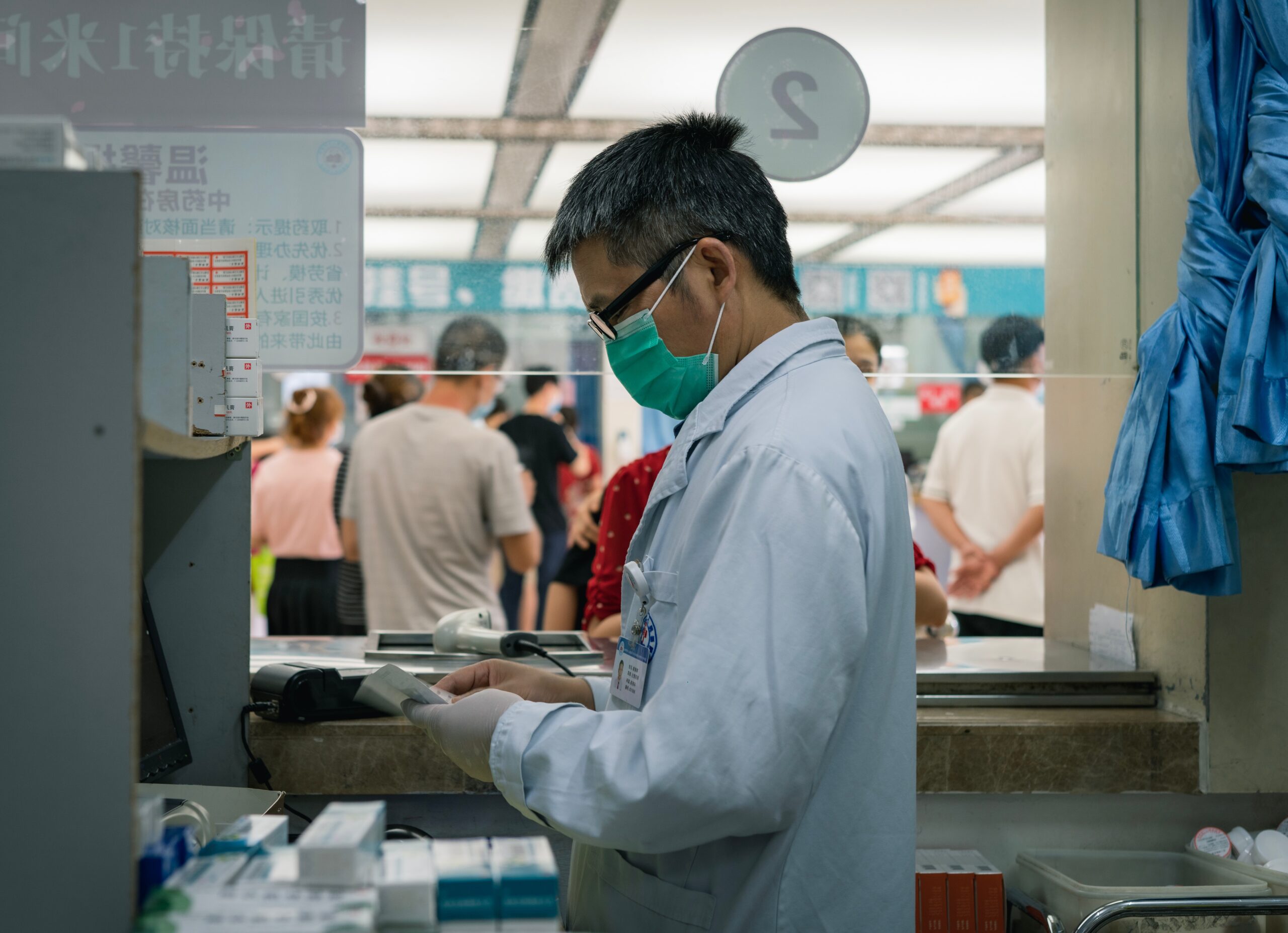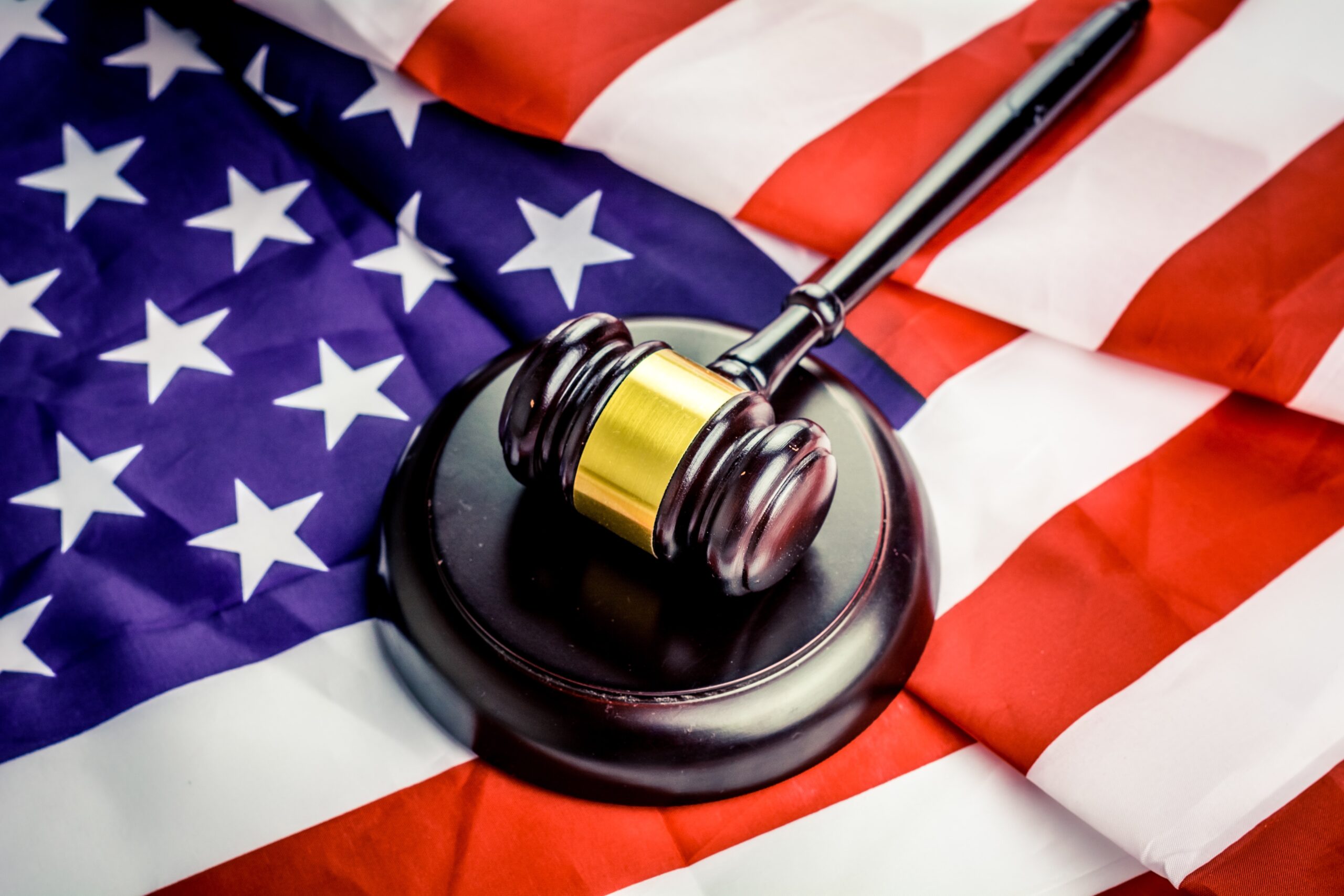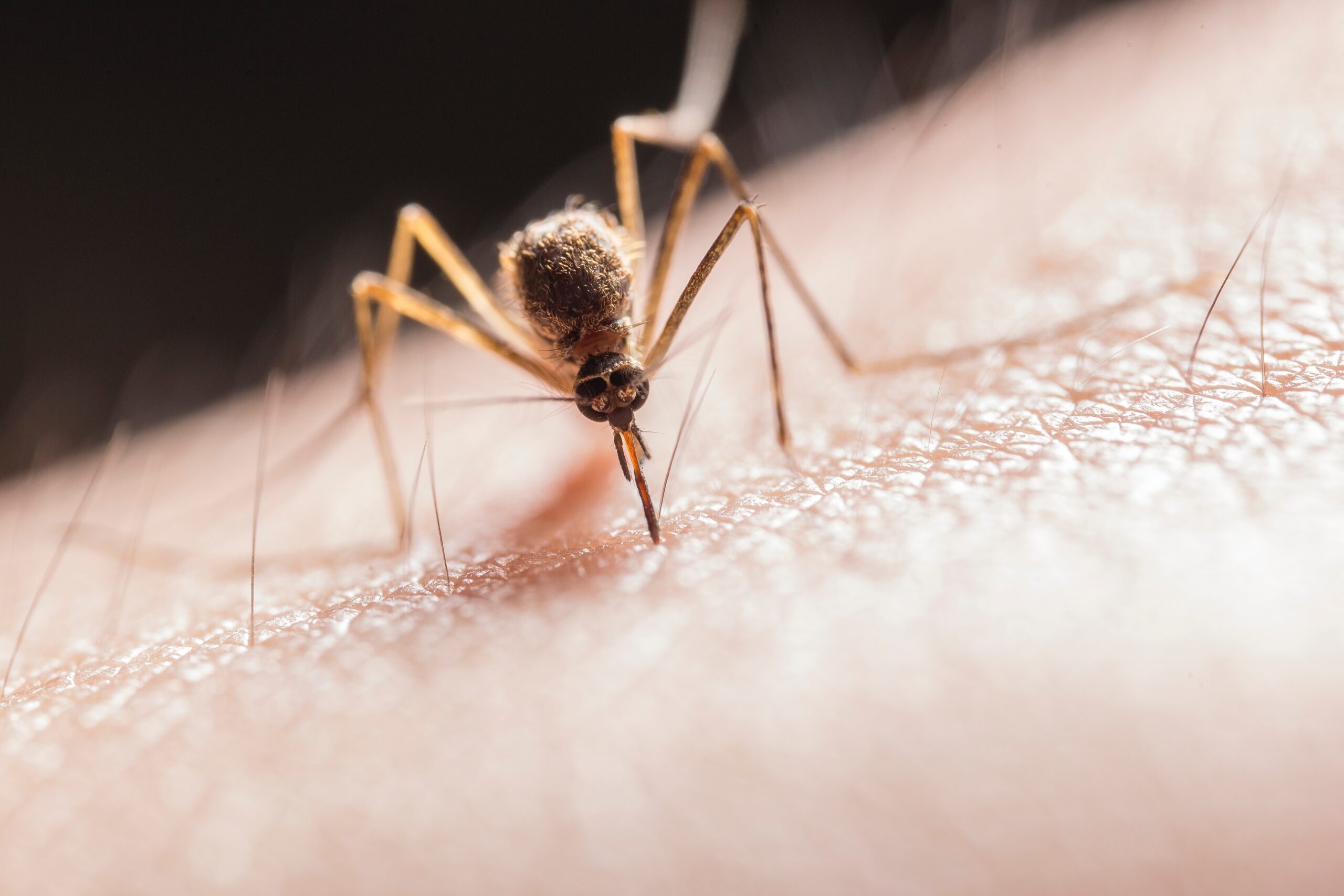Both New York and Florida have reported cases and deaths related to the dangerous Vibrio vulnificus bacteria, known colloquially as a flesh-eating bacteria. This microbe naturally thrives in warm, brackish water and presents a significant health risk for beachgoers, especially those with compromised immune systems or open wounds.
New York on High Alert
- In New York, four people contracted the bacteria since July, with three fatalities recorded.
- Two victims from Connecticut were exposed to brackish water in the Long Island Sound.
- Another patient consumed raw oysters, a known source of bacterial infection during warm weather.
- A significant shift in the bacterial presence has been noted by experts like Dr. William Schaffner from Vanderbilt University School of Medicine. He observes that, 15 years prior, such infections were primarily a Gulf Coast concern.
The Bacteria’s Effects and Precautions
- Vibriosis, caused by the V. vulnificus bacteria, has a survival rate that can dip to a startling 33%.
- It spreads primarily in two ways:
- Direct contact with contaminated water via open wounds.
- Consuming raw, contaminated seafood, particularly by individuals with compromised immune systems or liver disease.
- Symptoms manifest within 12 to 24 hours post-exposure and can range from gastrointestinal issues to painful wound infections.
- The Centers for Disease Control and Prevention (CDC) recommends seeking immediate medical attention upon symptom appearance.
- Those most vulnerable are urged to take precautions, including avoiding saltwater and consuming only well-cooked seafood.
Florida Faces a Similar Threat
- The Tampa Bay area mourns the death of five residents due to this bacterium this year.
- Florida has reported 26 V. vulnificus infections since January.
- 2022 witnessed an unusually high number, 74 cases with 17 deaths, following Hurricane Ian which spilled sewage into the ocean, causing elevated bacterial levels.
- The CDC warns that, on top of the already hazardous V. vulnificus, necrotizing fasciitis – another flesh-eating disease – can arise from multiple bacterial strains, further emphasizing the risk.
Preventive Steps and State Actions
- Governor Kathy Hochul of New York has declared the bacterium “extraordinarily dangerous.”
- New York’s health department has released guidelines for residents to identify and combat vibrio vulnificus infections.
- Recommendations for safety include keeping open wounds away from seawater and for immunocompromised individuals to avoid raw or undercooked shellfish.
The Role of Public Health Infrastructure
Facing such environmental challenges, strengthening the public health infrastructure is vital. Enhanced surveillance, early detection, and swift medical response can drastically reduce the fatality rate associated with bacterial infections. Improved water quality monitoring and sewage treatment, especially after severe weather events like hurricanes, can curtail bacterial outbreaks.
Public Awareness and Personal Responsibility
While state and federal agencies play a vital role in public health, personal responsibility remains at the forefront of preventive measures:
- Beachgoers should be conscious of the local water quality reports and heed any advisories issued.
- Avoiding beach areas after heavy rainfall or after known sewage spills can reduce exposure risk.
- Basic hygiene practices, such as thoroughly washing hands after handling raw seafood and ensuring any open wounds are appropriately dressed and protected, can provide an additional layer of safety.
Conclusion
As climate change introduces new challenges and potentially shifts bacterial habitats, it’s essential for residents and visitors of the affected regions to be informed and vigilant. The rise in V. vulnificus cases serves as a reminder of the ever-evolving nature of environmental health threats. As such, community awareness and education become paramount.






